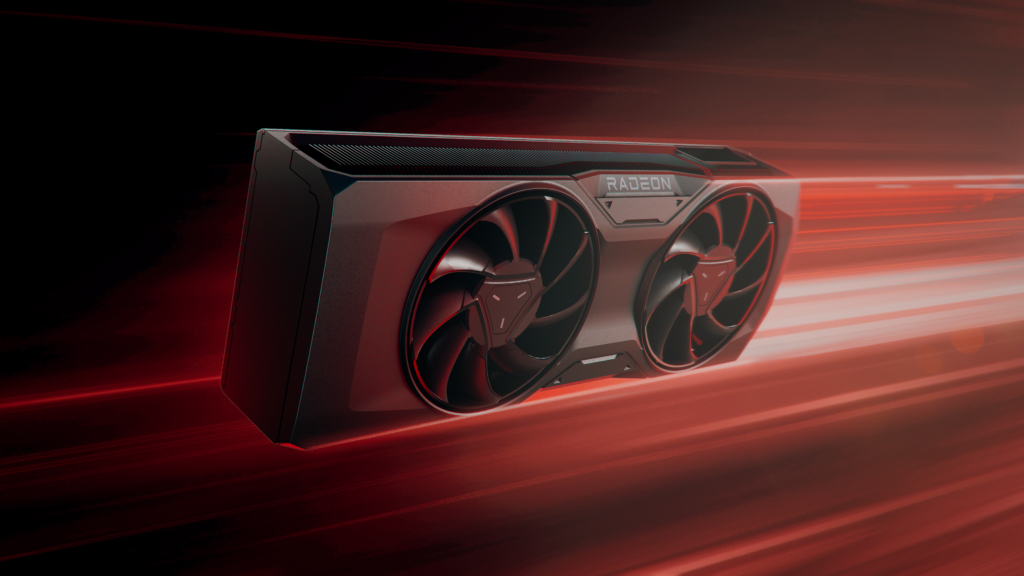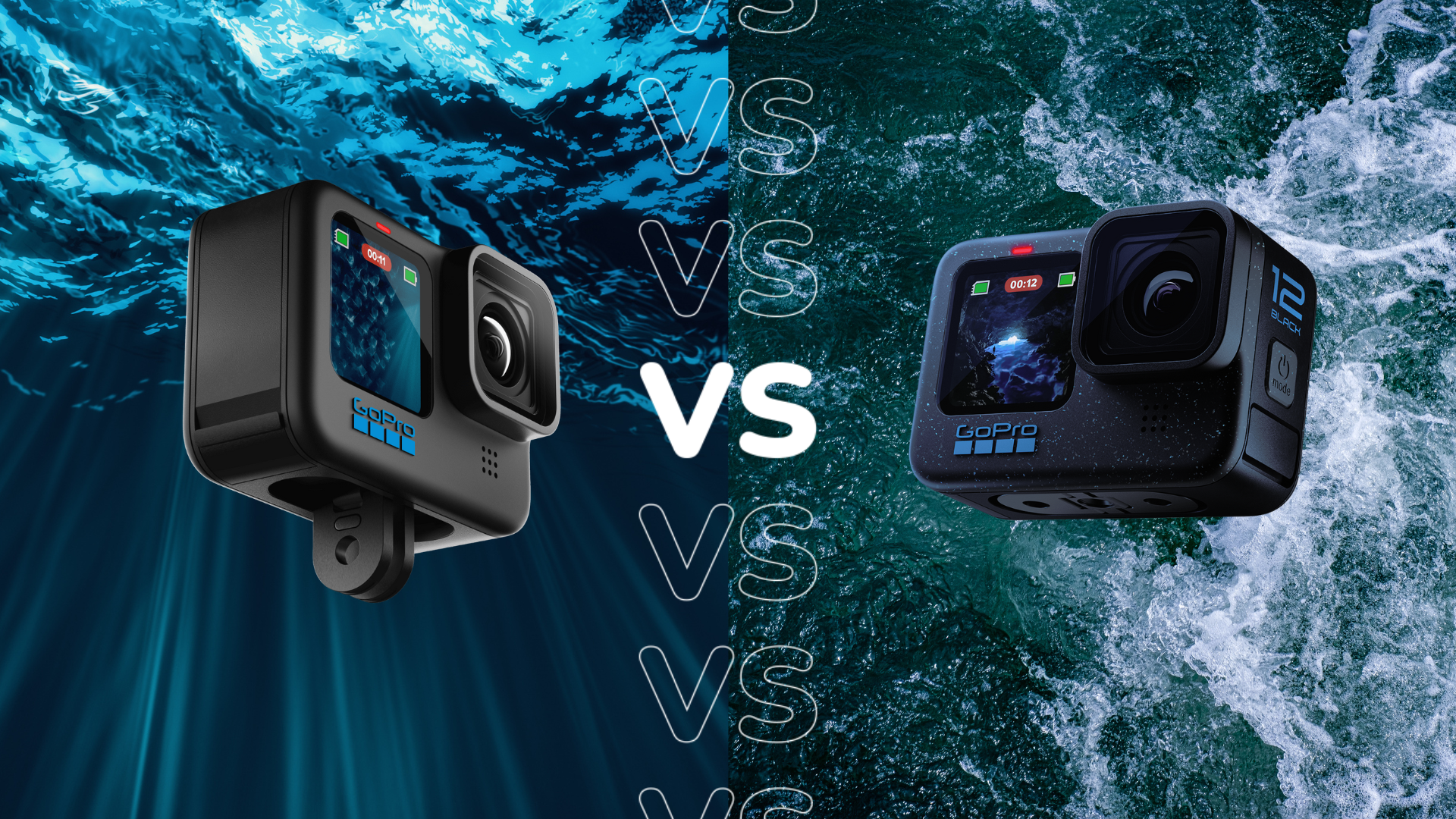AMD Radeon RX 7700 XT vs Radeon RX 7800 XT: What’s the difference?

AMD has added two new graphics cards to its RX 7000 lineup: the AMD Radeon RX 7700 XT and AMD Radeon RX 7800 XT.
These two new cards occupy the middle-ground of AMD’s RX 7000 lineup, representing good options for those who crave more power than the AMD Radeon RX 7600, but can’t justify spending $899 on the AMD Radeon RX 7900 XT.
But how do these new graphics cards compare, and which is the best option for your gaming needs? We’ve created this expansive guide to explain the key differences between the two graphics cards.
Both cards are designed for 1440p gaming
The first thing to clarify is that both the AMD Radeon RX 7700 XT and RX 7800 XT are targeting a 1440p gaming performance. This means they’re overkill if you only have a 1080p monitor, yet don’t quite have enough power for a competent 4K performance.
That said, the AMD Radeon RX 7800 XT is still a notably more powerful card, with AMD suggesting it provides a 14fps boost for Star Wars Jedi Survivor compared to the AMD Radeon RX 7700 XT. As for Call of Duty: Modern Warfare 2, the RX 7800 XT flaunts an even more impressive 21fps advantage.
Despite the performance gap between the two cards, the RX 7700 XT still looks to offer a great 1440p performance, achieving an average of 63fps in Star Wars Jedi: Survivor and 62fps in The Last of Us Part I.
A plus 60fps performance should be plenty good enough for mainstream gamers, but if you want to push up the frame rate that little bit more for a 1440p resolution, then the Radeon RX 7800 XT looks to be a great alternative.
Of course, all of these performance figures have been provided by AMD, so you’ll need to wait for our eventual review for neutral examination of the performance of these cards.
RX 7800 XT has more video memory
AMD has opted for GDDR6 memory for both cards, which is no surprise considering even the AMD Radeon RX 7900 XTX uses the same memory type. There’s no GDDR6X support like with the Nvidia RTX 4090.
But while both of the new AMD cards are using the same type of video memory, they benefit from different quantities. The AMD Radeon RX 7700 XT features 12GB GDDR6 with memory speeds of 18GBps.
For comparison, the AMD Radeon RX 7800 XT features 16GB GDDR6, with slightly faster speeds of 19.5GBps. This once again reinforces the idea that the RX 7800 XT is the more powerful graphics card of the two, but not by a significant margin.

Both cards support ray tracing and FSR 3
These two AMD cards will differ slightly for performance, but they support the exact same features due to sharing the same RDNA 3 architecture.
That means both AMD cards are capable of ray tracing, with the advanced light-rendering technology helping to dramatically improve the visuals of supported games. Our testing shows the ray tracing performance of other recent AMD cards isn’t quite up to scratch with that of the latest Nvidia cards, but it’s still a fantastic feature to have.
The AMD Radeon RX 7700 XT and RX 7800 XT also support the newly revealed FSR 3 technology, which uses upscaling techniques to push up the frame rate performance. Again, it’s not quite as efficient as Nvidia’s DLSS 3.5, but it can still be extremely useful.
The RX 7700 XT consumes less power
The power consumption of a graphics card is becoming a more prevalent issue, mostly due to the inflating cost of electricity, but also because of growing efforts to improve sustainability.
It shouldn’t come as a shock that the AMD Radeon RX 7700 XT consumes less power than RX 7800 XT, as it packs fewer Compute Units and isn’t quite as powerful. The RX 7700 XT has a total board power of 245W, coming in slightly under the 263W figure of the RX 7800 XT.
There’s such a minor difference here that you likely wouldn’t notice too much of a difference to your energy bill when swapping between RX 7800 XT. But if you’re happy to sacrifice a little bit of power, the RX 7700 XT is the more sustainable option.







